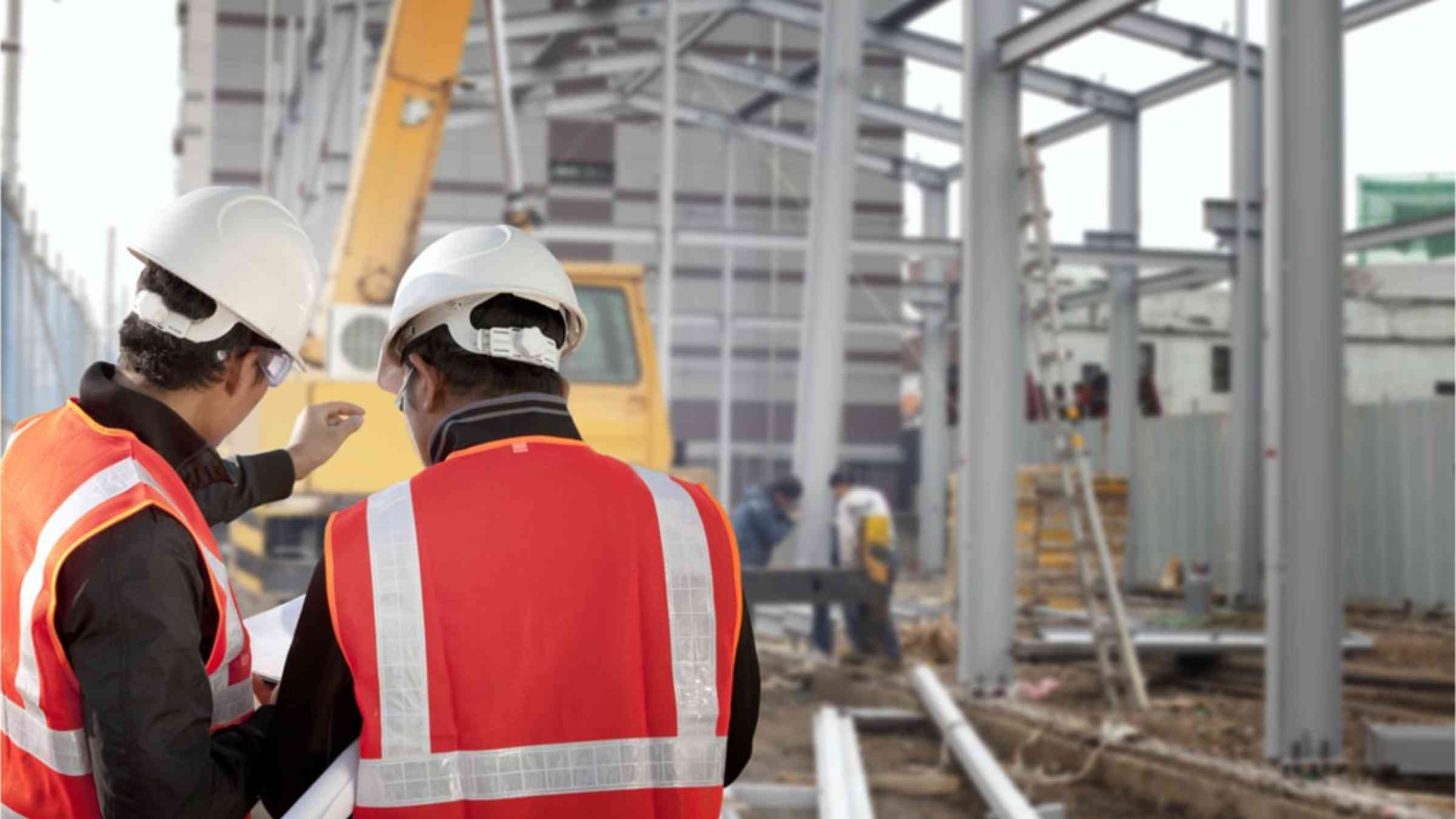Please help us improve PreventionWeb by taking this brief survey. Your input will allow us to better serve the needs of the DRR community.
Türkiye: Building resilience against earthquakes

Türkiye’s recently revised Seismic Hazard Map and Building Earthquake Code are two important tools for disaster risk reduction.
A basic activity to reduce losses from earthquake-related disasters is the completion of technical regulations for risk reduction with strong implementation and regular updates. The Sendai Framework for Disaster Risk Reduction 2015-2030 (SFA) is a global blueprint for the reduction of disaster risks that underlines the importance of building codes and their strong implementation at all levels.
In Türkiye, the Specifications for Buildings to be Built in Seismic Zones (Earthquake Codes) have been revised 7 times between 1947 and 2019 (1947, 1953, 1961, 1968, 1975, 1998, and 2007).
Coordinated by the Ministry of Interior, Disaster and Emergency Management Authority, the authority responsible for disaster and emergency management activities, with the participation of more than 300 experts including academics, practitioners, representatives of the private sector, and NGOs, the Republic of Türkiye revised the Turkish Building Earthquake Code in 2018. The new code came into force in 2019.
This new document is an important tool for achieving seismic safety of buildings, and enhancing seismic risk reduction at the national level. The secondary legislation for the application of the Code including several technical rules have been regularly prepared and issued.
The comprehensive chapters of the Building Code are as follows,
- General requirements
- Earthquake ground motion
- General principles for the design and evaluation of buildings under earthquake effect
- Analysis requirements for force-based design of buildings under earthquake effect
- Analysis requirements for displacement-based design of buildings under earthquake effect
- Design principles of non-structural building elements under earthquake effect
- Special rules for the design of reinforced concrete building (cast-in-situ) structural systems under earthquake effect
- Special rules for the design of reinforced concrete building (prefabricated) structural systems under earthquake effect
- Special rules for the design of structural steel building structural systems under earthquake effect
- Special rules for the design of cold-formed steel building structural systems under earthquake effect
- Special rules for the design of masonry building structural systems under earthquake effect
- Special rules for the design of wooden building structural systems under earthquake effect
- Special rules for the design of high-rise building structural systems under earthquake effect
- Special rules for the design of seismically isolated building structural systems under earthquake effect
- Special rules for evaluating and reinforcement design of existing building systems under earthquake effect
- Special rules for the design of foundation soil and foundations under earthquake effect
- Simplified seismic design rules for regular low-rise cast-in-situ reinforced concrete buildings.
A good understanding of both the Code and the Seismic Hazard Map is crucial for practitioners and engineers when designing seismically resistant buildings. The firm and precise implementation of the Code will ensure more resistant construction against the effects of earthquakes. In order to achieve the correct and effective use of both the Seismic Hazard Map and the Code, a range of training and educational activities have been prepared and implemented at the national level.
Türkiye, like many other countries, had to cancel many in-person participatory events because of Covid-19 measures. As a result, online training platforms have played an important role in keeping the long-term sustainability of capacity-building activities in disaster risk management.
MIKTA is a diverse and cross-regional grouping of powers that brings together Mexico, Indonesia, the Republic of Korea, Turkey and Australia. Given the growing challenges our planet is faced with, including disasters from droughts, desertification, loss of biodiversity, food shortages, water scarcity, wildfires, and sea-level rise, MIKTA has reiterated its commitment to investing more in research, innovation and infrastructure to strengthen environmental sustainability, adaptation, and resilience against the adverse effects of climate change and disaster risks. In line with this commitment, MIKTA undertakes a joint advocacy campaign highlighting the triple benefits of investing in prevention to accelerate disaster risk reduction, protect development gains and build resilient communities.
The campaign promotes diverse local and regional examples of efforts by the MIKTA members to strengthen disaster risk resilience through investing in prevention. Through sharing of experiences and good practice, the campaign aims to strengthen global adaptation and resilience efforts and build global consensus around the need to accelerate disaster risk reduction efforts.
This article is part of a series of impact stories to generate ideas and solutions in line with the overarching and main themes identified for GP2022.
Explore further
Please note: Content is displayed as last posted by a PreventionWeb community member or editor. The views expressed therein are not necessarily those of UNDRR, PreventionWeb, or its sponsors. See our terms of use
Is this page useful?
Yes No Report an issue on this pageThank you. If you have 2 minutes, we would benefit from additional feedback (link opens in a new window).